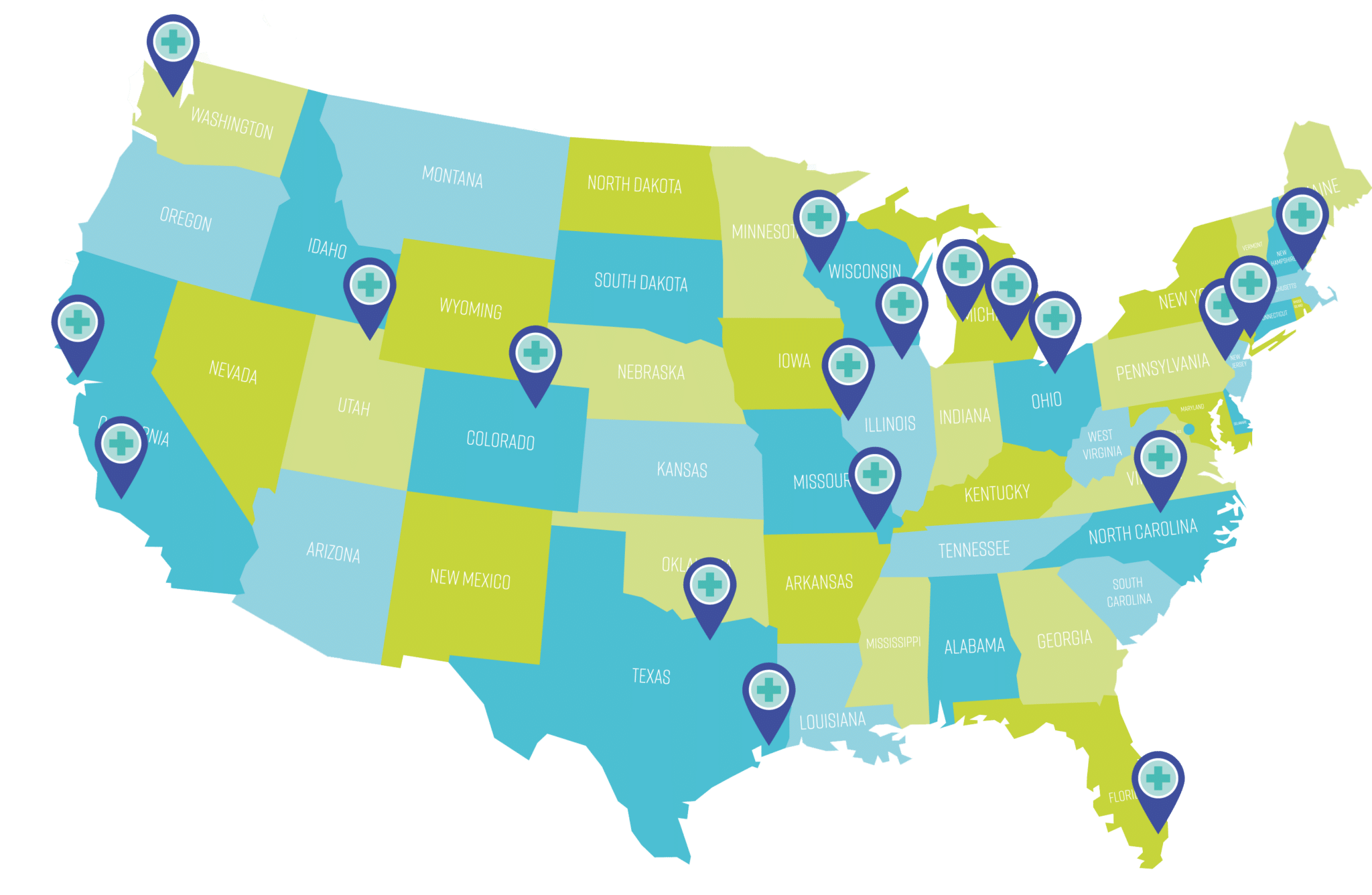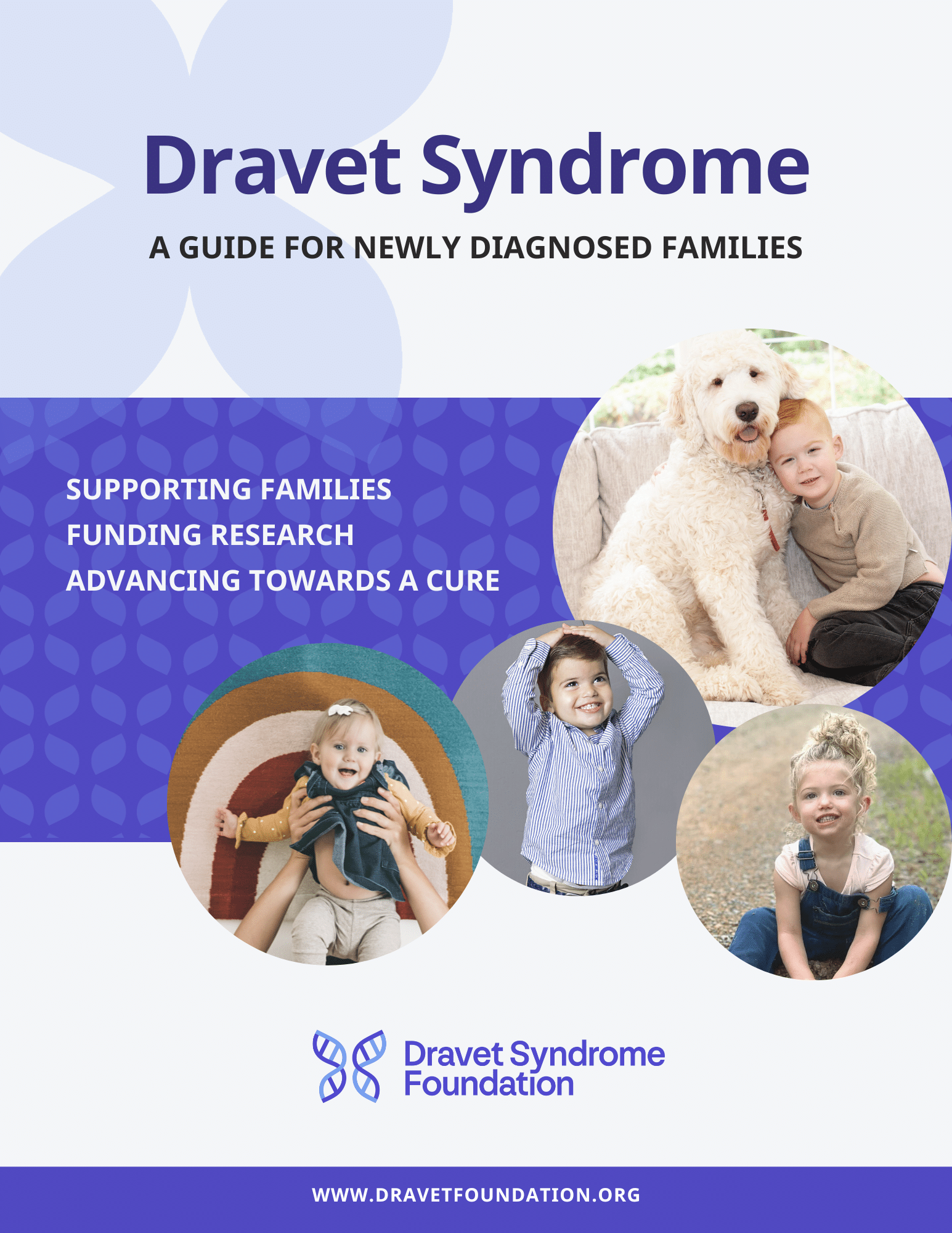Rare Neurology News
Advertisement
Spotlight On
Dravet syndrome
Dravet Syndrome is one of the more severe of a group of conditions known as SCN1A-related seizure disorders
5 Facts you should know
FACT
Dravet Syndrome is a very severe developmental and epileptic encephalopathy
FACT
Symptoms include seizures that first occur in infancy and are often triggered by fever
FACT
Many types of seizures may occur and they may increase in frequency
FACT
Other symptoms that appear over time include loss of motor skills, intellectual disability, speech impairment, and sleep disruptions
FACT
Sodium channel blockers often make seizures worse in Dravet syndrome
Interest over time
Google searches
Common Signs & Symptoms
Seizures
Dravet syndrome is primarily characterized by frequent and prolonged seizures. Seizure types may evolve over time but often include:
- Myoclonic seizures
- Generalized tonic-clonic seizures
- Focal seizures evolving to bilateral convulsive seizures
- Nonconvulsive status epilepticus
Ataxia
Children with Dravet syndrome may exhibit ataxia, which can manifest as unsteady gait, balance issues, and coordination problems.
Behavioral and Psychiatric Issues
Behavioral problems such as hyperactivity, social difficulties, and anxiety may be observed as the child grows older.
Temperature Sensitivity
Many individuals with Dravet syndrome are sensitive to elevated body temperature (fever), which can trigger seizures. This feature is a hallmark of the condition. Warm ambient temperatures may also be a trigger.
Developmental Issues
Patients with Dravet syndrome often experience a developmental plateau, where cognition and language skills fail to improve. Patients may also experience motor skill regression.
FDA Approved Treatments
The medication(s) listed below have been approved by the Food and Drug Administration (FDA) as orphan products for treatment of this condition. Learn more orphan products.
Stiripentol
(Brand name: Diacomit) Manufactured by Biocodex
FDA-approved indication: In August 2018, stiripentol (Diacomit) was approved for the treatment of seizures associated with Dravet syndrome (DS) in patients 6 months of age and older taking clobazam.
Cannabidiol
(Brand name: Epidiolex) Manufactured by Jazz Pharmaceuticals, Inc
FDA-approved in 2018, EPIDIOLEX is a plant-derived cannabis-based medicine administered as an oral solution that contains highly purified cannabidiol (CBD). CBD is a chemical component of the Cannabis sativa plant. However, CBD does not cause intoxication or euphoria (the “high”) that comes from tetrahydrocannabinol (THC).
Fenfluramine HCI
(Brand name: Fintepla) Manufactured by UCB
FDA-approved indication: Fenfluramine (Fintepla) is indicated for the treatment of seizures associated with Dravet syndrome in patients 2 years of age and older.
The expert treatment guidelines are outlined here: https://onlinelibrary.wiley.com/doi/10.1111/epi.17274
Clinical Trials
| Agent | Class/Mechanism of Action | Development Status | Company | Clinical Studies | More Information |
|---|---|---|---|---|---|
| Ganaxolone | The precise mechanism by which ganaxolone exerts its therapeutic effects is unknown, but its anticonvulsant effects are thought to result from positive allosteric modulation of the gamma-aminobutyric acid type A (GABAA) receptor in the CNS. | PHASE 3 | Marinus Pharmaceuticals | More info | Learn more |
| ETX101 | ETX101 delivers a transgene coding for an engineered SCN1A-specific transcription factor (eTFSCN1A) to upregulate, or increase, the expression of the endogenous SCN1A gene. Expression of the transgene is controlled by a GABAergic inhibitory neuron-selective regulatory element (REGABA). This approach increases the production of NaV1.1 at endogenous levels, thereby restoring inhibitory function and minimizing potential off-target effects. | PHASE 1/2 | Encoded Therapeutics | More info | Learn more |
| EPX-100 (Clemizole HCl) | EPX-100 is a repurposed antihistamine, which was used in the 1950s and 1960s to treat itchiness. The medication is thought to be able to suppress seizures through its action on the serotonin signaling pathways, a mechanism that is different from its anti-histaminic propert | PHASE 2 | Epygenix | More info | Learn more |
| Soticlestat | Soticlestat exerts its potential effects via the inhibition of Cholesterol 24-hydroxylase (CH24H). CH24H converts cholesterol to 24S-hydroxycholesterol (24HC) in the brain. Reduction of 24HC has been shown to reduce glutamatergic signaling and inflammation, which may have downstream effects on seizure susceptibility. | PHASE 3 | Takeda | More info | Learn more |
| LP352 | LP352 is designed to modulate GABA and, as a result, suppress the central hyperexcitability that is characteristic of seizures. LP352 has no detected activity at the 5-HT2B and 5-HT2A receptor subtypes. 5-HT2B and 5-HT2A receptor agonism have been associated with significant adverse side effects. LP352 has novel chemistry and attributes. It was designed to be more specific and selective for the 5-HT2C receptor subtype, giving it the potential to reduce seizures in patients with DEEs while overcoming the known or perceived safety limitations of available drugs in the 5-HT2 class. | PHASE 2 | Longboard Pharmaceuticals | More info | Learn more |
| Lorcaserin | Lorcaserin hydrochloride increases the effect of 5-HT2c, a receptor (target) of the neurotransmitter serotonin (a substance that relays signals from a nerve cell to another cell) that is specifically expressed in the central nervous system (brain and spinal cord). By activating 5-HT2c receptor, the medicine is expected to control seizures in patients with Dravet syndrome. | PHASE 3 | Eisai Inc. | More info | Learn more. |
Treatments in Research
| Title | Description | Phases | Status | Interventions | More Information |
|---|---|---|---|---|---|
| Assessment of Adjunctive Cannabidiol Oral Solution (GWP42003-P) in Children With Tuberous Sclerosis Complex (TSC), Dravet syndrome (DS), or Lennox-Gastaut Syndrome (LGS) Who Experience Inadequately-controlled Seizures | This study will be conducted to evaluate the safety, pharmacokinetics (PK), and efficacy of adjunctive GWP42003-P in participants < 2 years of age with tuberous sclerosis complex (TSC), Lennox-Gastaut syndrome (LGS), or Dravet syndrome (DS). | PHASE 3 | RECRUITING | DRUG: GWP42003-P | More info |
| A Study of Lorcaserin as Adjunctive Treatment in Participants With Dravet syndrome | The primary purpose of the study is to demonstrate that lorcaserin has superior efficacy compared to placebo on percent change in frequency of convulsive seizures per 28 days in participants with Dravet syndrome. | PHASE 3 | RECRUITING | DRUG: Lorcaserin | More info |
| A Study of Soticlestat as an Add-on Therapy in Children and Adults With Dravet syndrome or Lennox-Gastaut Syndrome | The main aim of the study is to learn if soticlestat, when given as an add-on therapy, reduces the number of seizures in children and adults with Dravet Syndrome (DS) or Lennox-Gastaut Syndrome (LGS). | PHASE 3 | RECRUITING | DRUG: Soticlestat | More info |
| A Study of Soticlestat as an Add-on Therapy in Children and Young Adults With Dravet syndrome | The main aim of the study is to learn if soticlestat, when given as an add-on therapy, reduces the number of convulsive seizures in children and young adults with DS. | PHASE 3 | RECRUITING | DRUG: Soticlestat | More info |
Caregiver Corner
Access the latest tools and resources for patients and caregivers living with Dravet syndrome

Individuals with Dravet syndrome have complex and lifelong neurological and medical needs that are unique. Often, a local care team is not familiar with Dravet syndrome or may not have had another patient with this diagnosis. A visit to a Comprehensive Care Center will benefit the patient and family, allowing them to connect with knowledgeable experts and form a bridge to their local care provider when complex issues arise.
Tools and resources
Newly Diagnosed Guide - Created by the Dravet Syndrome Foundation, this guidebook offers assistance for families navigating a recent diagnosis. Drawing insights from families affected by Dravet syndrome, it offers an overview of how the syndrome might affect daily life, along with details on valuable resources.
Real Stories From Real Families - Discover the stories of real people who live with Lennox-Gastaut syndrome (LGS), Dravet syndrome, and tuberous sclerosis complex (TSC).
The Care Giver Series - Join actor Greg Grunberg as he travels around the country, sharing the stories of caregivers of families living with Lennox-Gastaut syndrome (LGS), Dravet syndrome, and tuberous sclerosis complex (TSC), and giving them a much-needed day of care.
The Dravet Patient Experience:
Learn from more than 475 Dravet syndrome caregivers

Get years of knowledge and experience condensed into a simple report.
Other resources
Click the drop-down to see info on Patient Advocacy Groups and a Glossary of common terms
-
Dravet Syndrome Foundation, Inc

The mission of Dravet Syndrome Foundation (DSF) is to aggressively raise funds for Dravet syndrome and related epilepsies; to support and fund research; increase awareness; and to provide support to affected individuals and families.
- PO Box 3026,
Cherry Hill, NJ 08034
Phone: (203) 392-1955
E-mail: [email protected]
Website: https://www.dravetfoundation.org/
- CURE Epilepsy
- 420 N. Wabash Avenue, Suite 650
Chicago, IL 60611
Toll-free: 1-844-231-2873
Telephone: +1-312-255-1801
E-mail: https://www.cureepilepsy.org/about-cure-epilepsy/contact-us/
Website: https://www.cureepilepsy.org/





